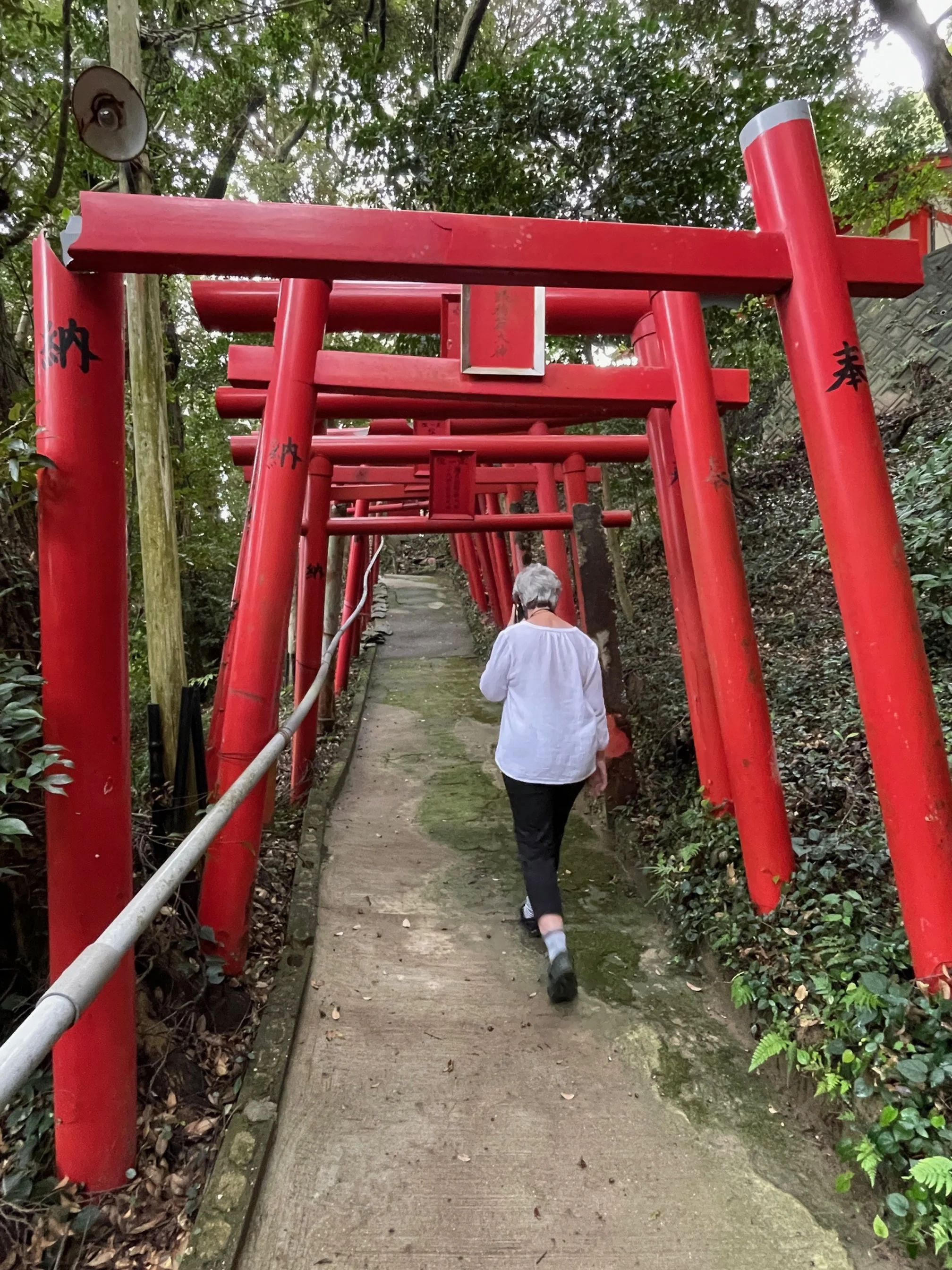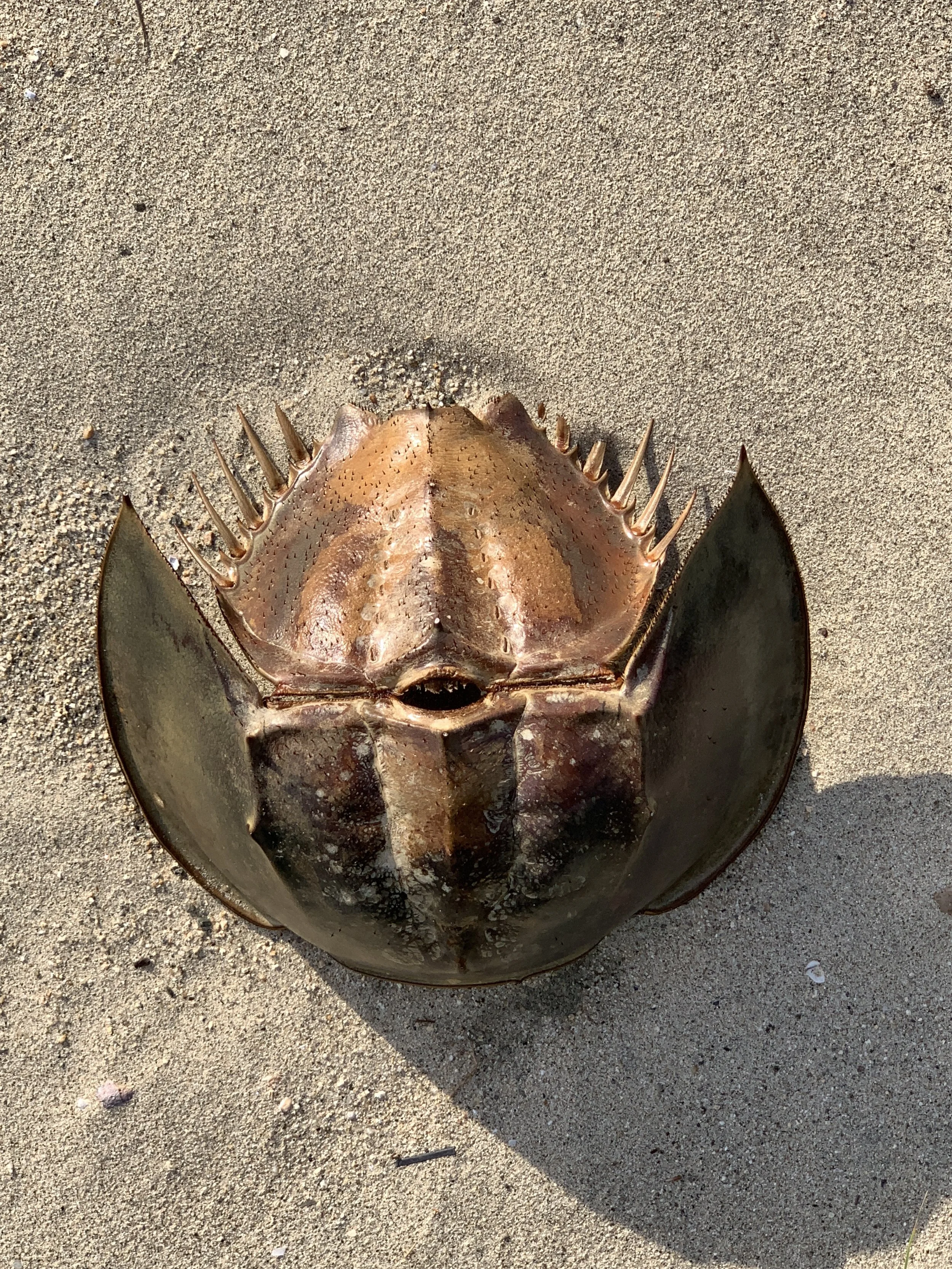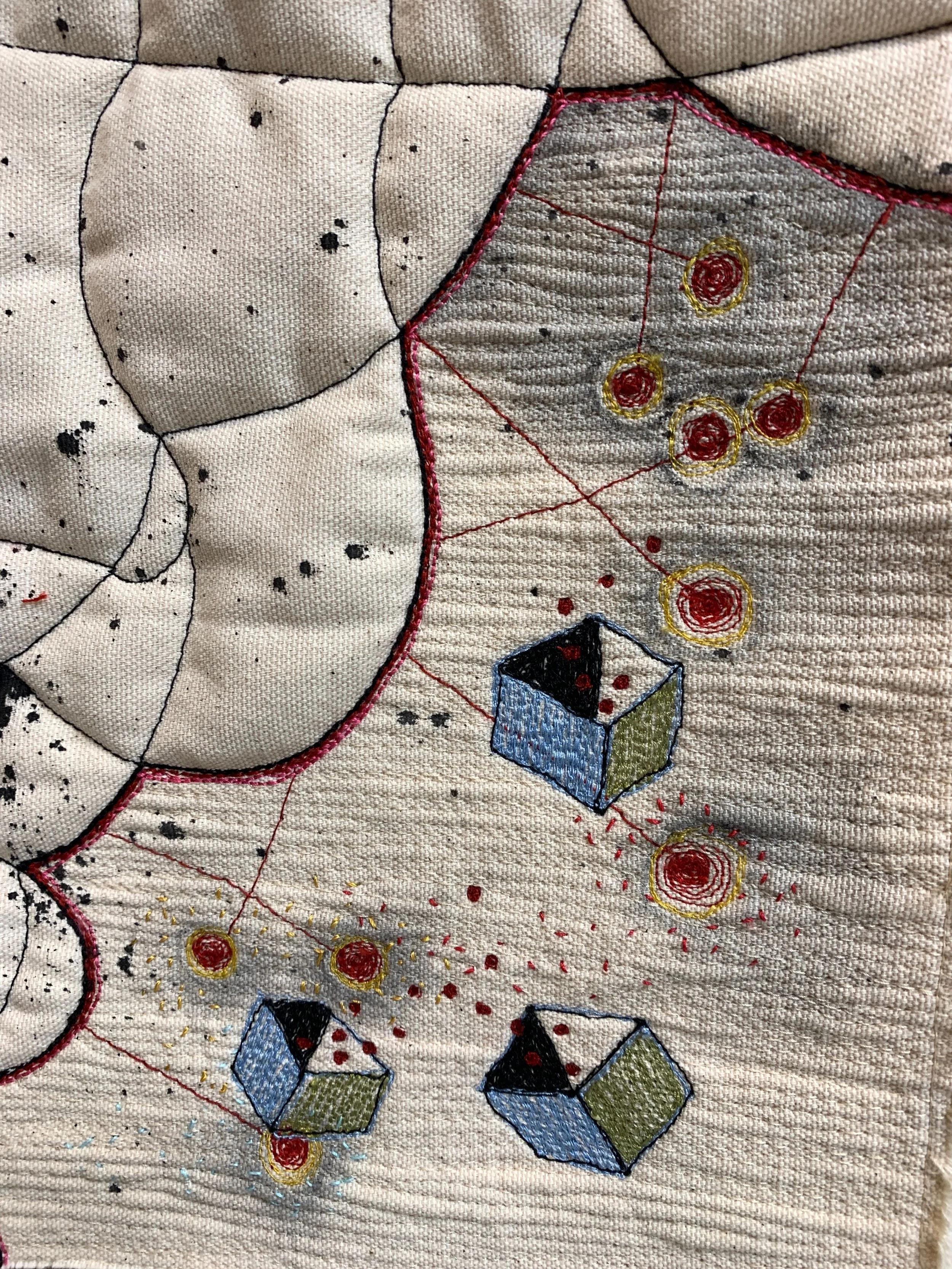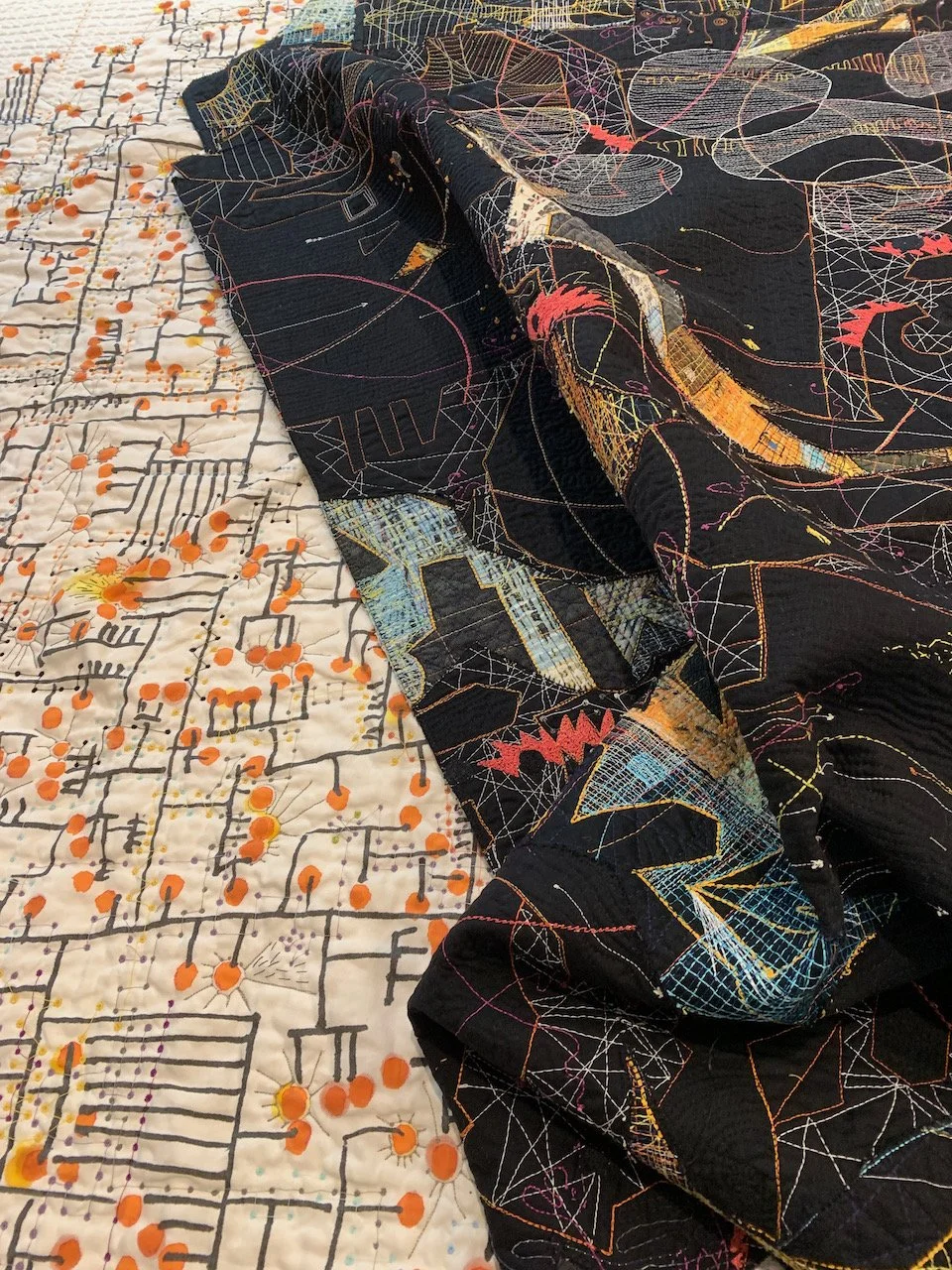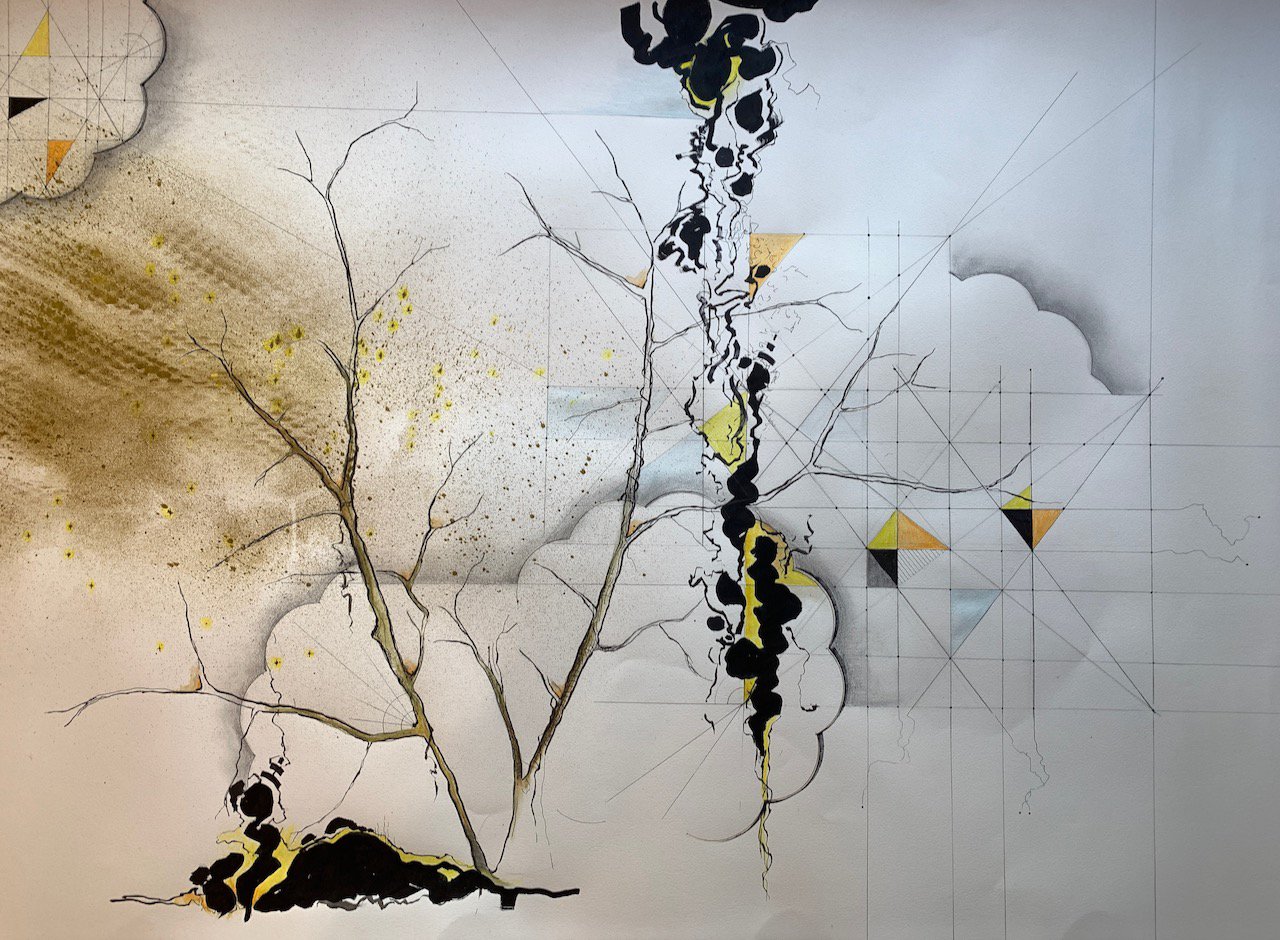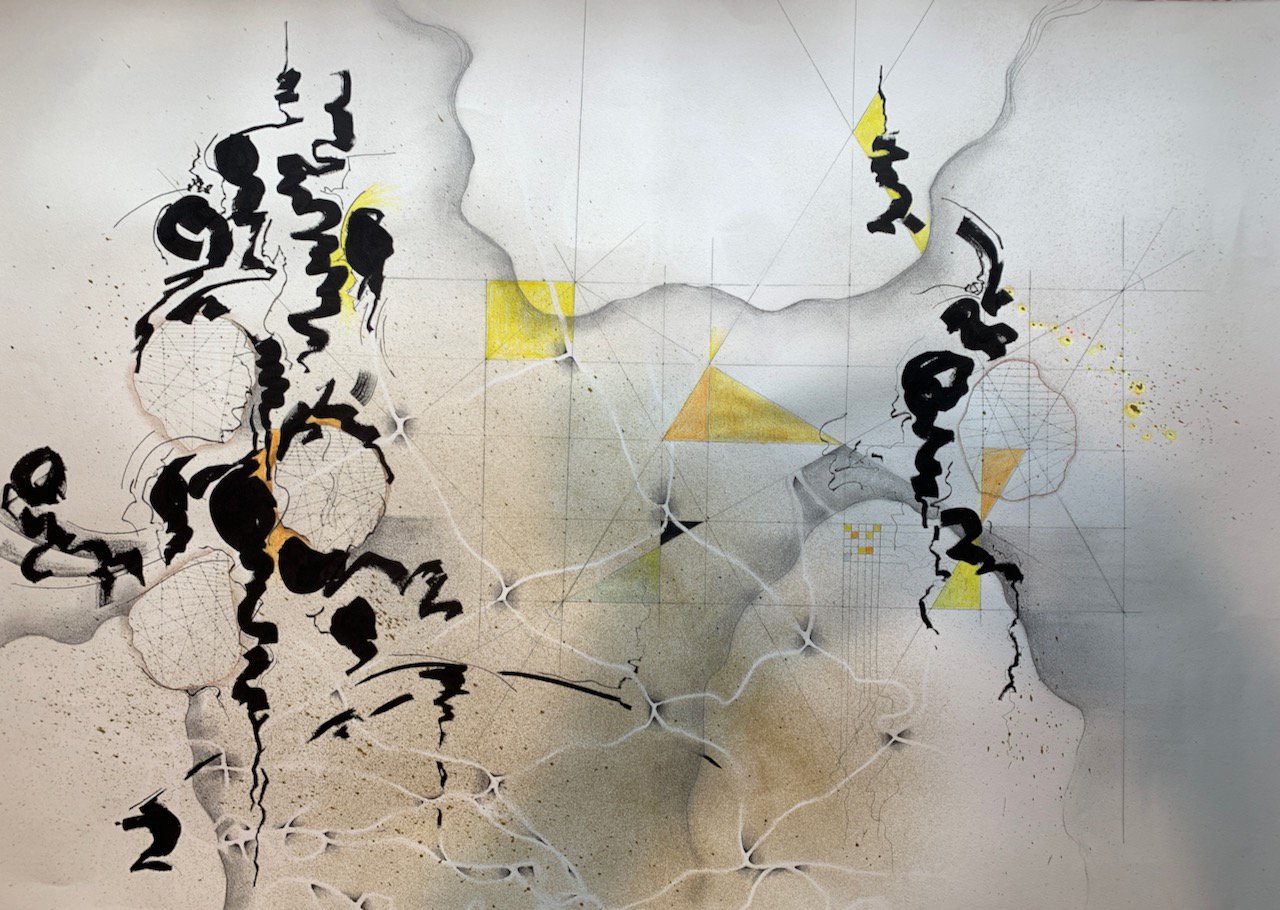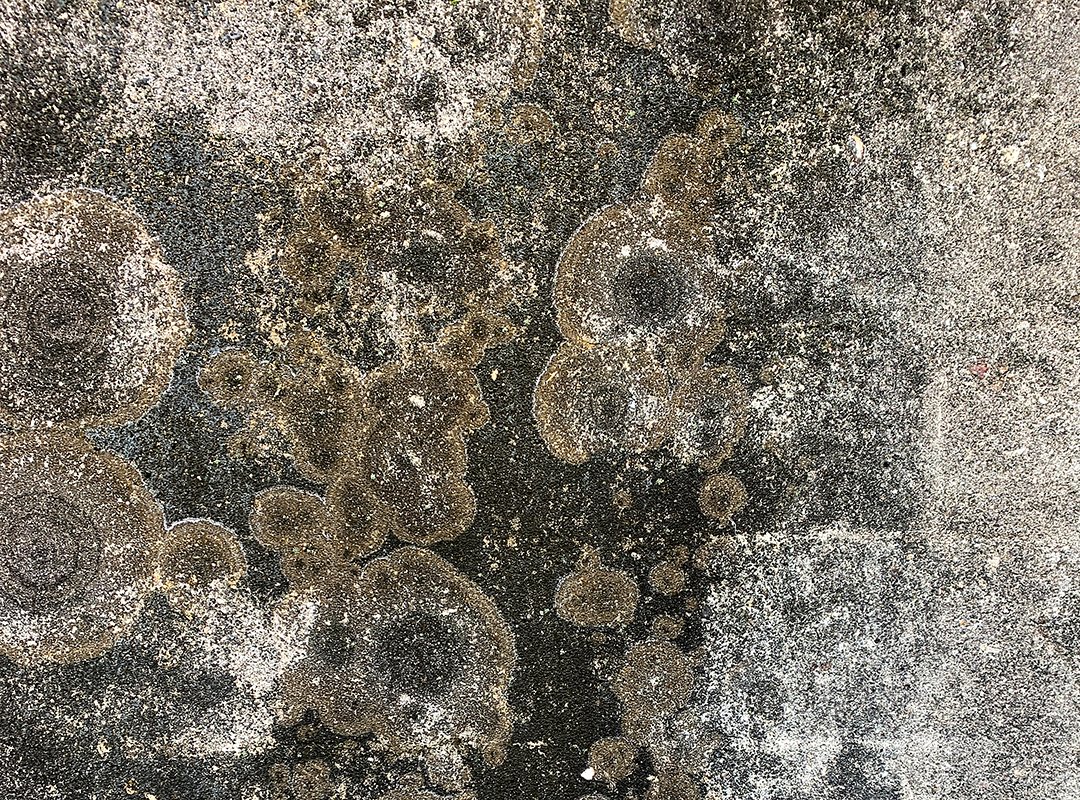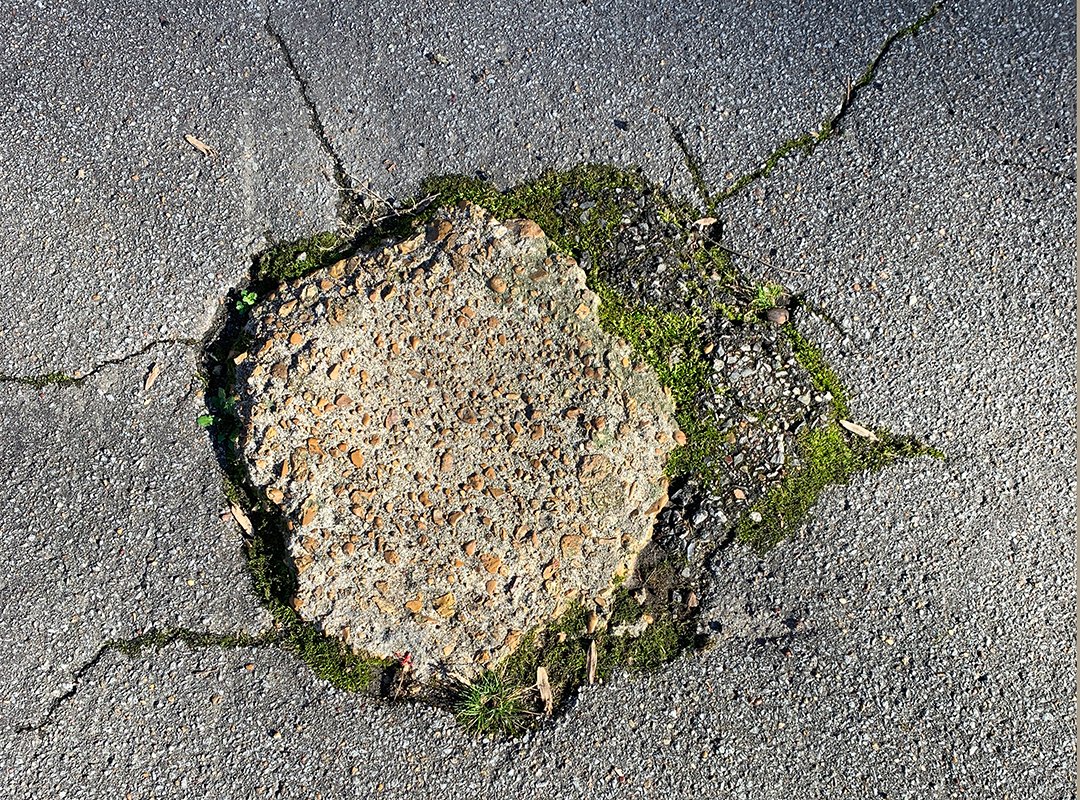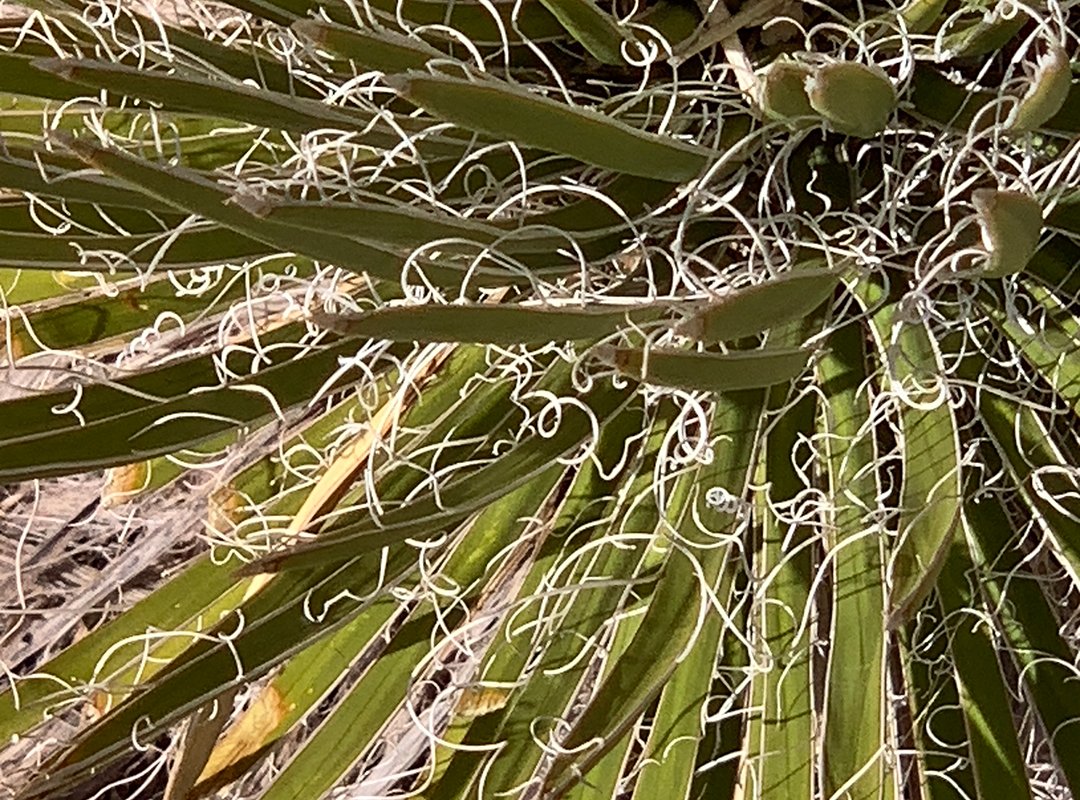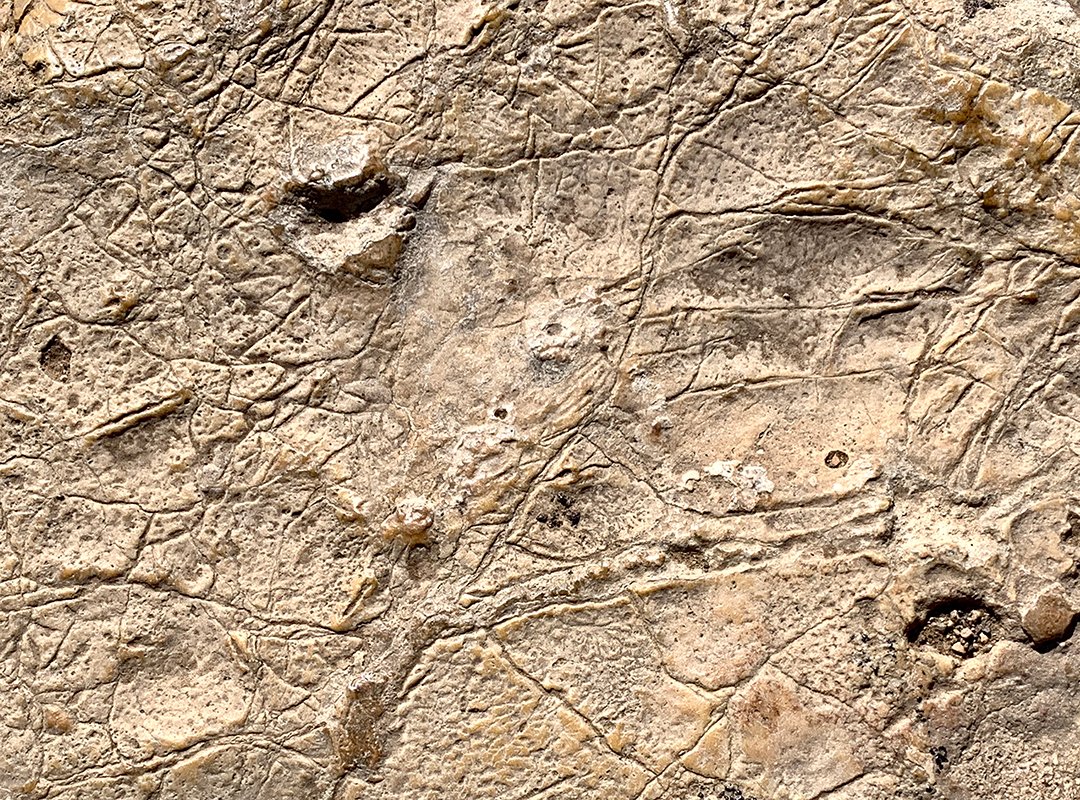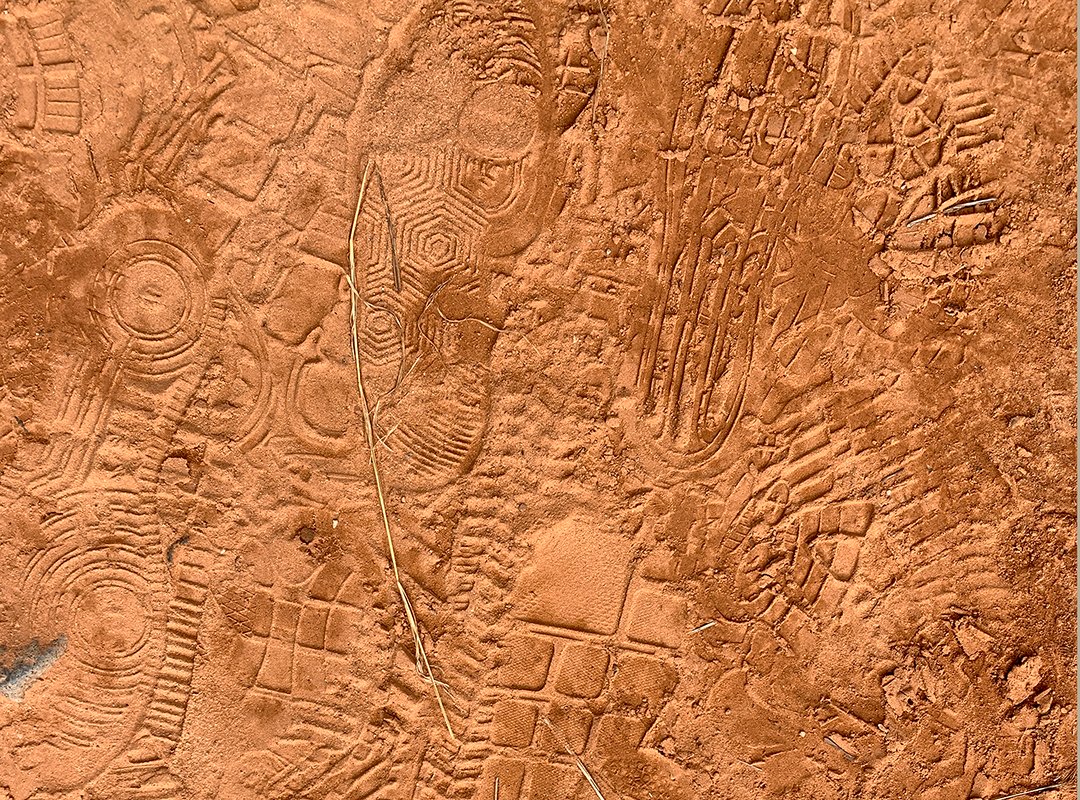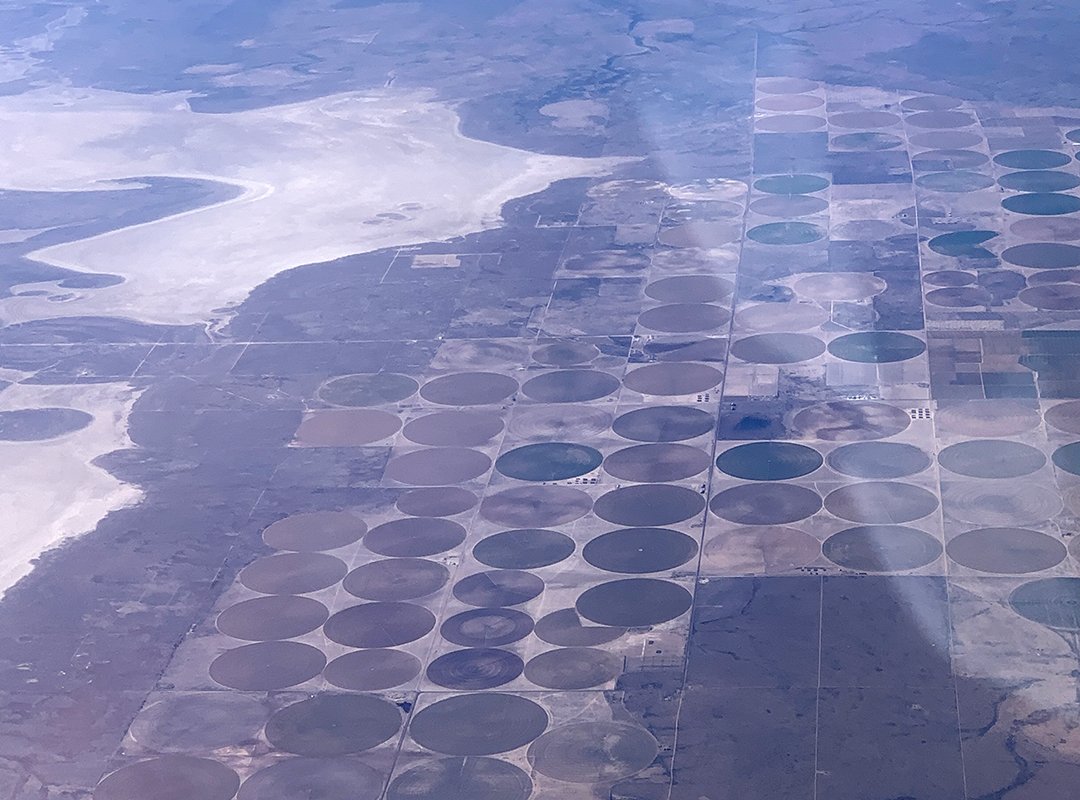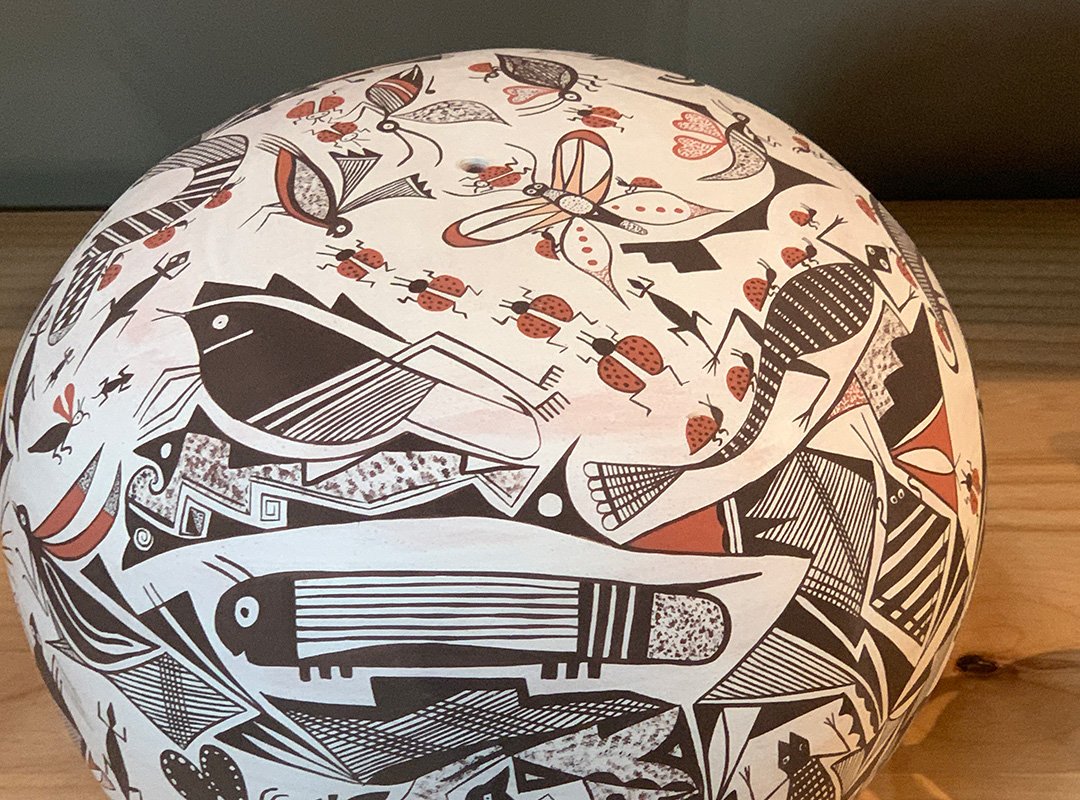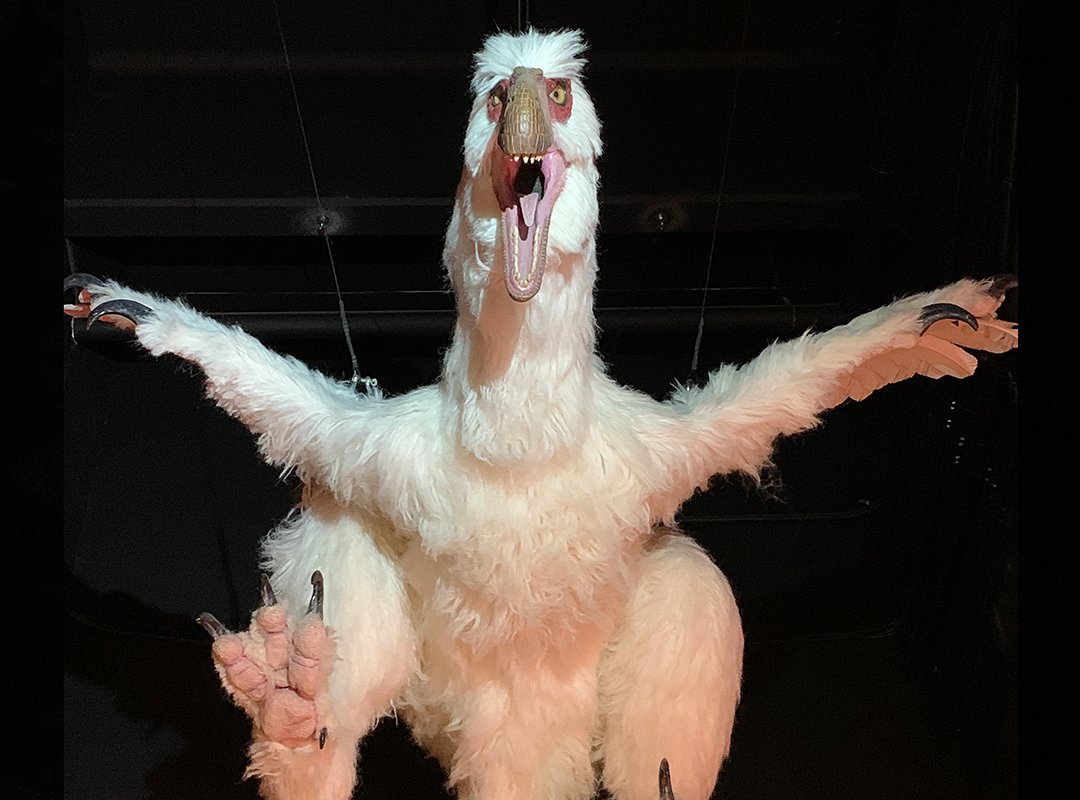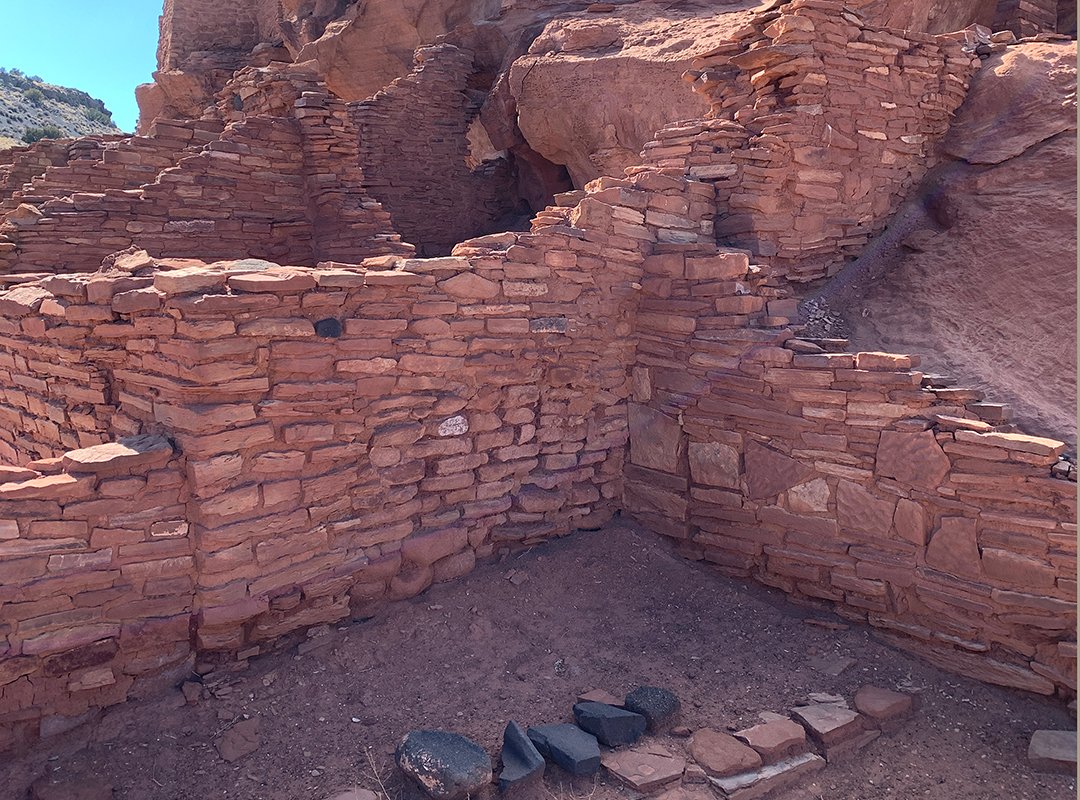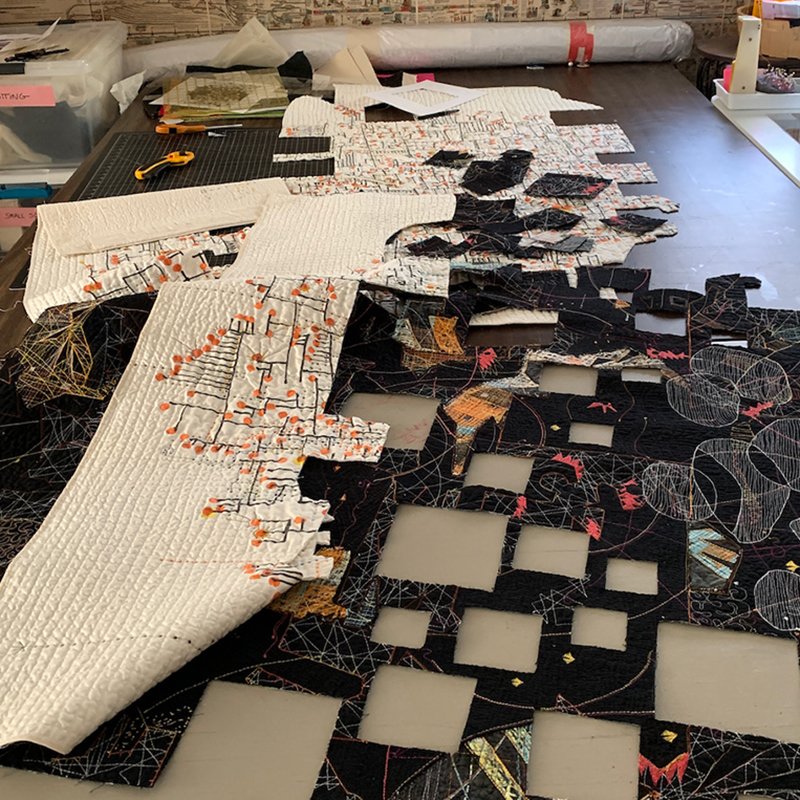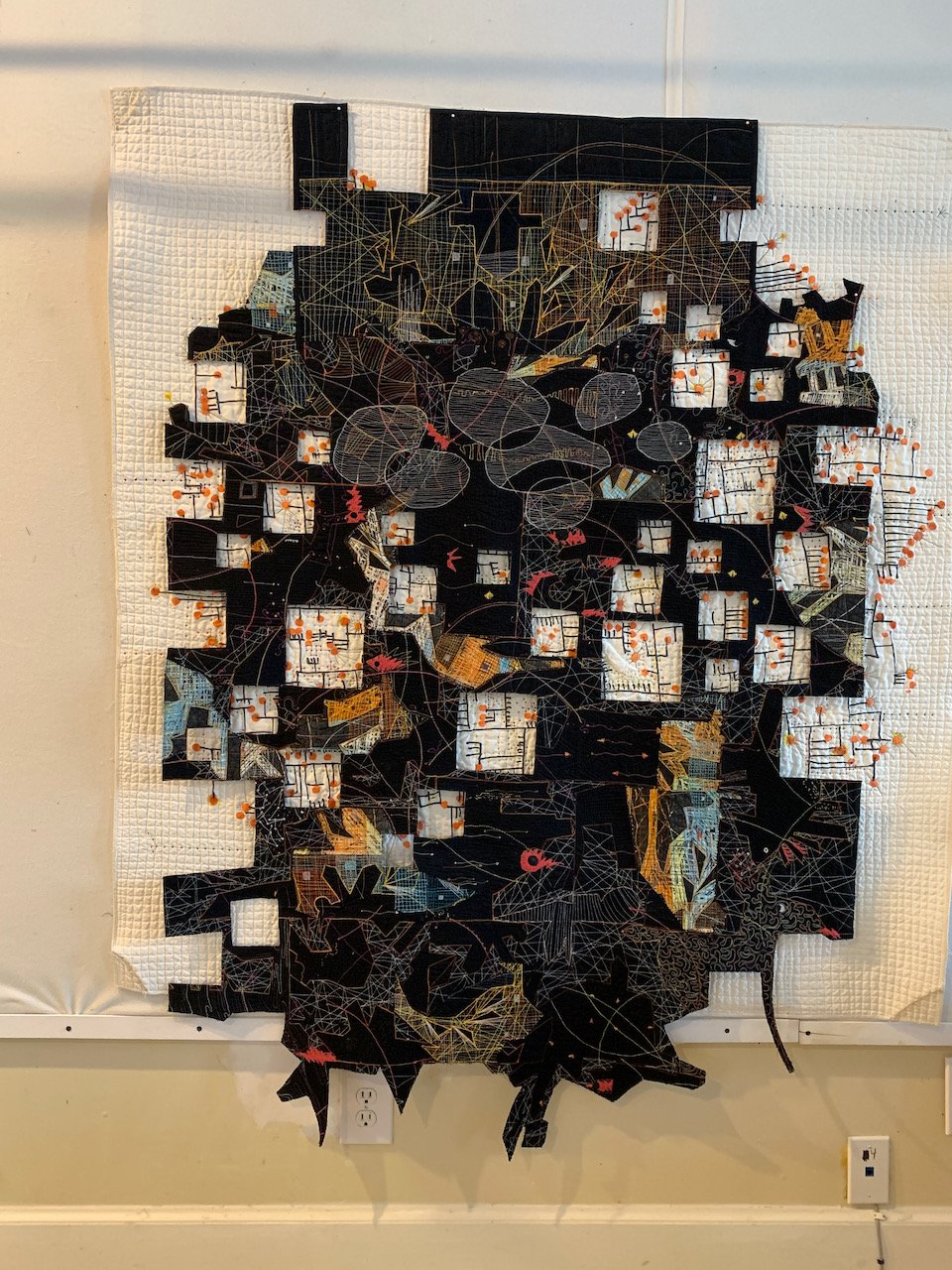Some of my work is traveling. Quilts going out, quilts coming back. I say often that my art isn’t done until it goes out on its own to be seen. I threaten to embed a video camera in the work so that I can track its journey and see the reactions of those who attend the shows.
Imagine being thrust into a box, rolled up with some of your pals, moving along conveyor belts in the darkness and into trucks to be thrown onto the porch of the museum or gallery. The curator unwraps you to new light and then you are on display, naked to the public. Saying what you must say, being who you must be. Out loud.
A selection of my work will join others on Martha’s Vineyard at the Featherstone Center for the Arts. It’s a group show including fiber artists Alice Beasley, Michele Beasley Maloney, Earamichia Brown, Shin-hee Chin, Chiaki Dosho, Pamela Flam, L'Merchie Frazier, Sharon Havelka, Natalya Khorover, Karol Kusmaul, Susan Lenz, Caroline MacMoran, Wen Redmond, Linda Syverson Guild, and Jaleeca Yancy. What a roster! Wouldn’t it be wonderful to be part of a round table discussion with all of these artists?
Scrap column-detail, Paula Kovarik
I spent last week working again on the scrap piece that is taking over my studio. These will travel to the International Quilt Museum in Lincoln, Nebraska in January as part of a solo exhibition in one of their galleries. The pieces are a sort of retrospective of the works I have created in the past 20 years. Morphing them into a column has been revealing. I have more black scraps than colorful scraps. I see repetition in the stitching from one to the next. I like them the most when they move as if alive (I wonder if I could install a small motor that would activate that jittery motion?). Frayed edges add life.
Some of my beasts will travel to the Blue Spiral Gallery in Asheville, NC as part of the Common Thread exhibit they will mount in September. I’ll need to name them and figure out what it means when a herd member is separated from its herd.
This collage piece is in Little Rock, Arkansas as part of the Delta Triennial exhibition. The Arkansas Museum of Fine Art has been completely renovated and enlarged recently (and it was formidable before this) so I am really looking forward to visiting this piece myself. I can’t wait to see what the other artists have contributed to this great show. What are they saying out loud?
Everything seemed fine until the earth pushed back, 29” x 25”, PAULA KOVARIK
The whole world’s watching, detail, Paula Kovarik
Edward Hopper once said “If I could say it in words there would be no reason to paint.”
Art speaks. Out loud and naked. Go see some. You can talk back to it.
